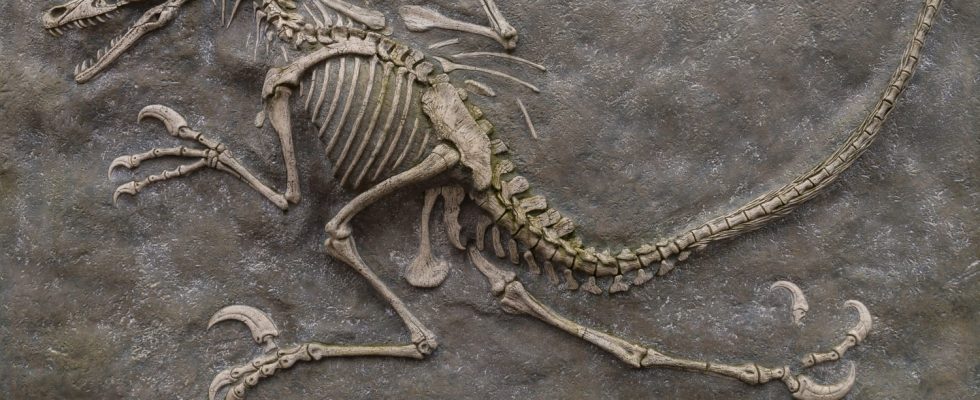What we believed until now about the extinction of the dinosaurs was undoubtedly very far from what happened. A new apocalyptic scenario has been established by scientists.
The end of the dinosaurs, which occurred around 66 million years ago, remains one of the greatest mysteries in paleontology. The prevailing theory suggests that an asteroid larger than Mount Everest crashed into Mexico’s Yucatán Peninsula, causing a series of disasters. A new study reveals today that the situation was even more dramatic than we imagined.
According to the latest research, a plume of fine dust, dispersed by the colossal impact of the meteorite measuring 10 to 15 kilometers in diameter, played a crucial role in the extinction of three quarters of species on Earth, including dinosaurs. This veil of particles would have blocked sunlight, stopped photosynthesis, cooled the planet and destroyed the food chains essential to life.
Until now, this hypothesis of dust blocking the sun had been shelved, with rock samples from the time not showing the presence of dust in sufficient quantities to support a global winter. But this new study changes the situation. Scientists analyzed 40 sediment samples from a site in North Dakota, about 3,000 kilometers from the Chicxulub crater, providing undeniable evidence of the scale of the phenomenon.
Using lasers, they were able to measure the amount of fine silicate dust, from 0.8 to 8 micrometers, and found that their presence was much more significant than previously estimated. These fine particles, the result of the pulverization of Earth’s rock during impact, have proven to be “the deadliest” for life on our planet.
The scenario that is emerging is apocalyptic: total darkness for almost two years, preventing all photosynthesis and causing the disappearance of all the plants necessary for herbivores, which are themselves part of the carnivores’ food chain. The global temperature would have dropped by 15°C, and the effects would have been felt up to 15 years after the disaster!
Other beliefs are challenged in the study. It indicates, for example, that it is fine silicates, rather than other materials such as sulfur particles, which are mainly responsible for this prolonged global winter.
Massive wildfires, causing large amounts of soot and ash, also contributed to the disaster. The researchers add that the impact also caused a mega-tsunami of unimaginable magnitude: 1.5 kilometers high with seismic activity 50,000 times more powerful than the Sumatran earthquake in 2004. Enough to hit everyone continents.
This new insight into the Cretaceous-Paleogene period suggests that only species capable of adapting to long periods of darkness and cold would have had a chance of survival. A work that highlights a tumultuous period of our geological past and demonstrates the fragility of life in the face of the vagaries of the cosmos.
